A multimillion-dollar DNA testing blitz could solve hundreds of Australia’s most notorious missing persons and cold cases.
Human bones, some belonging to children or babies, found in back yards, bushland, washed up on beaches and even from the stomachs of sharks will be tested, with police hoping results will lead to criminal investigations.
Missing man Peter English’s family still holding out hope
Human remains confirmed as missing NSW woman Thea Liddle
DNA tests conducted on human bones linked to missing Adelaide grandmother Annapuranee Jenkins
On the first day of National Missing Person Week, the Australian Federal Police have announced the ambitious project that aims to collect DNA from every long-term missing person in Australia – or their relatives – to find matches with up to 500 sets of unclaimed remains.
Many of the bones have sat in morgues, forensic science centres or with state and territory police for several decades.
Where a match can’t be found, the latest techniques in DNA and forensic testing will be used to determine a profile on the unidentified person – including an estimate of when they lived and died, their gender, ethnicity, hair, eye and skin colour.
The project will be run by DNA identification specialist Associate Professor Jodie Ward, who said it had the potential to not only identify human remains for grieving families, but could also provide fresh leads in cold case murder investigations.
She said they aimed to create the first national database that will hold samples relating to every long-term missing person to compare to every set of unidentified human remains.
“We know that there’s some remains that have never been tested at all,” she said.
“And then there’s this group in the middle that would have been tested using the available technology at the time.
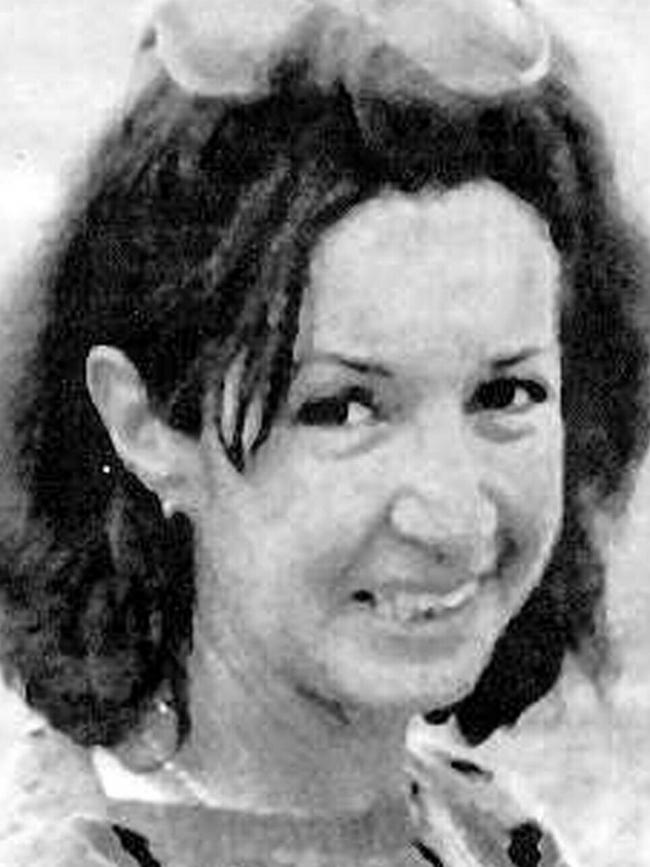
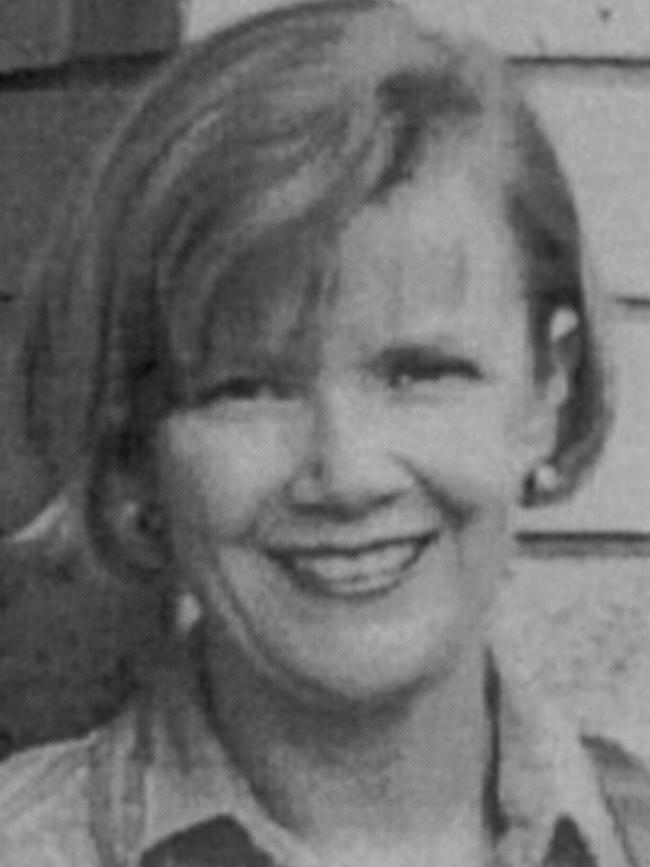
“Then we’ve got the last category where some remains would have been tested with all of the routine testing methods but are still unidentified.
“For that group, this is where we want to apply these brand-new technologies – like forensic genetic genealogy – to see it we can either get an investigative lead or actually identify them.”
Forensic genetic genealogy was used to find the Golden State Killer, one of America’s most infamous serial killers, by using public genealogy databases to find relatives of a DNA profile.
Prof Ward said with this project, a genealogist would help by using public records to build a family tree.
“And then what we’re trying to do is pinpoint where this individual might be on this family tree and see if it makes sense,” she said.
The National DNA Program for Unidentified and Missing Persons has been funded with $3.6 million seized under the Proceeds of Crimes Act.
There are about 2600 active long-term missing persons cases in Australia.
In Queensland, they include Sharron Phillips, who disappeared after her car broke down in 1986, teenage siblings Chad and Melony Sutton, who haven’t been seen since they left for school in 1992, and Allison Bernard, who vanished after leaving a pub in far north Queensland in 2013.
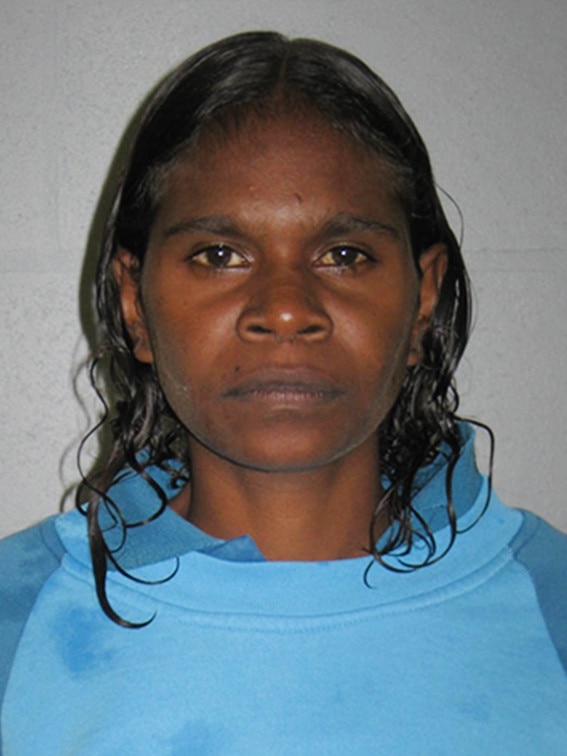
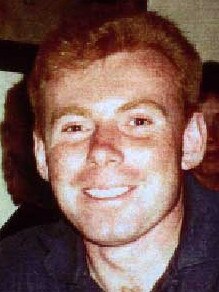
Police in Queensland will this week highlight the case of Brisbane arboriculturist Steven Goldsmith, who disappeared after withdrawing money from an ATM in New Farm 20 years ago.
UK-born Mr Goldsmith was last known to be alive on July 10, 2000.
Police searched his New Farm unit and found a load of washing in the dryer.
His parents told police he was regularly in contact with them and his disappearance was highly unusual.
“One of the objectives of the program again is to try and obtain a reference sample from every single long-term missing person,” Prof Ward said.
“The success of the program is dependent on it.
“We can generate DNA profiles from bones all day long but unless we’ve got the right thing to compare it against, it won’t work.
“We are asking the police, if you haven’t already done so, for every long-term missing person, we need a reference sample from the missing person.

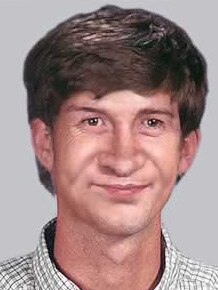
“It’s kind of logical to think that if we are able to get DNA from every unidentified remains, and DNA from every long-term missing person, at some point we should be expecting matches.”
Prof Ward said there were families out there who had never reported their loved one missing. She said now was the time to come forward and do so.
Home Affairs Minister Peter Dutton said the initiative would provide answers for both families and the police who have worked tirelessly to find their loved ones.
“There are thousands of Australians in our community who live with the constant uncertainty of whether their missing loved one will return home,” Mr Dutton said.
“This program is all about using modern, previously unavailable forensic techniques to recover and profile DNA from old and degraded human remains to solve some of Australia’s longest running mysteries.
“This announcement is a clear example of how we are taking that criminal profit and reinvesting it into our community to have a real human impact.”
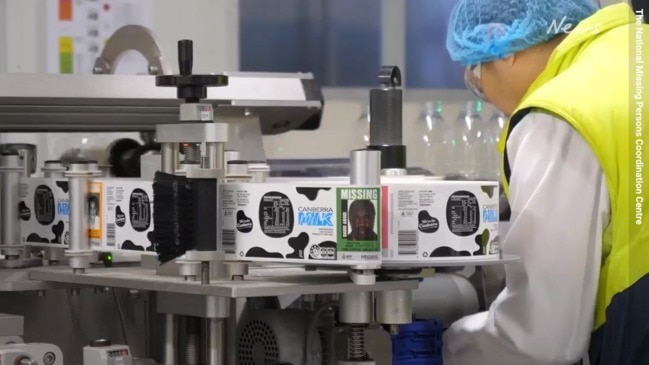

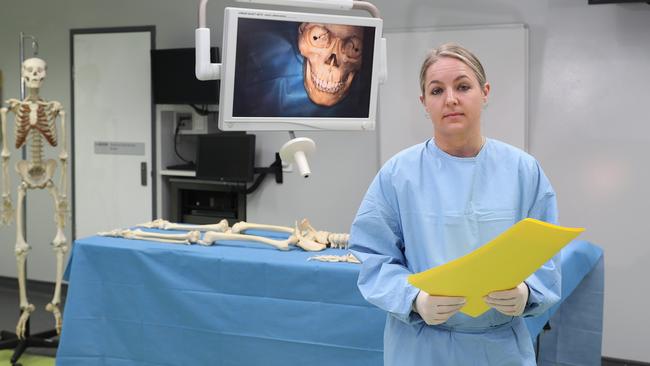
Add your comment to this story
To join the conversation, please log in. Don't have an account? Register
Join the conversation, you are commenting as Logout